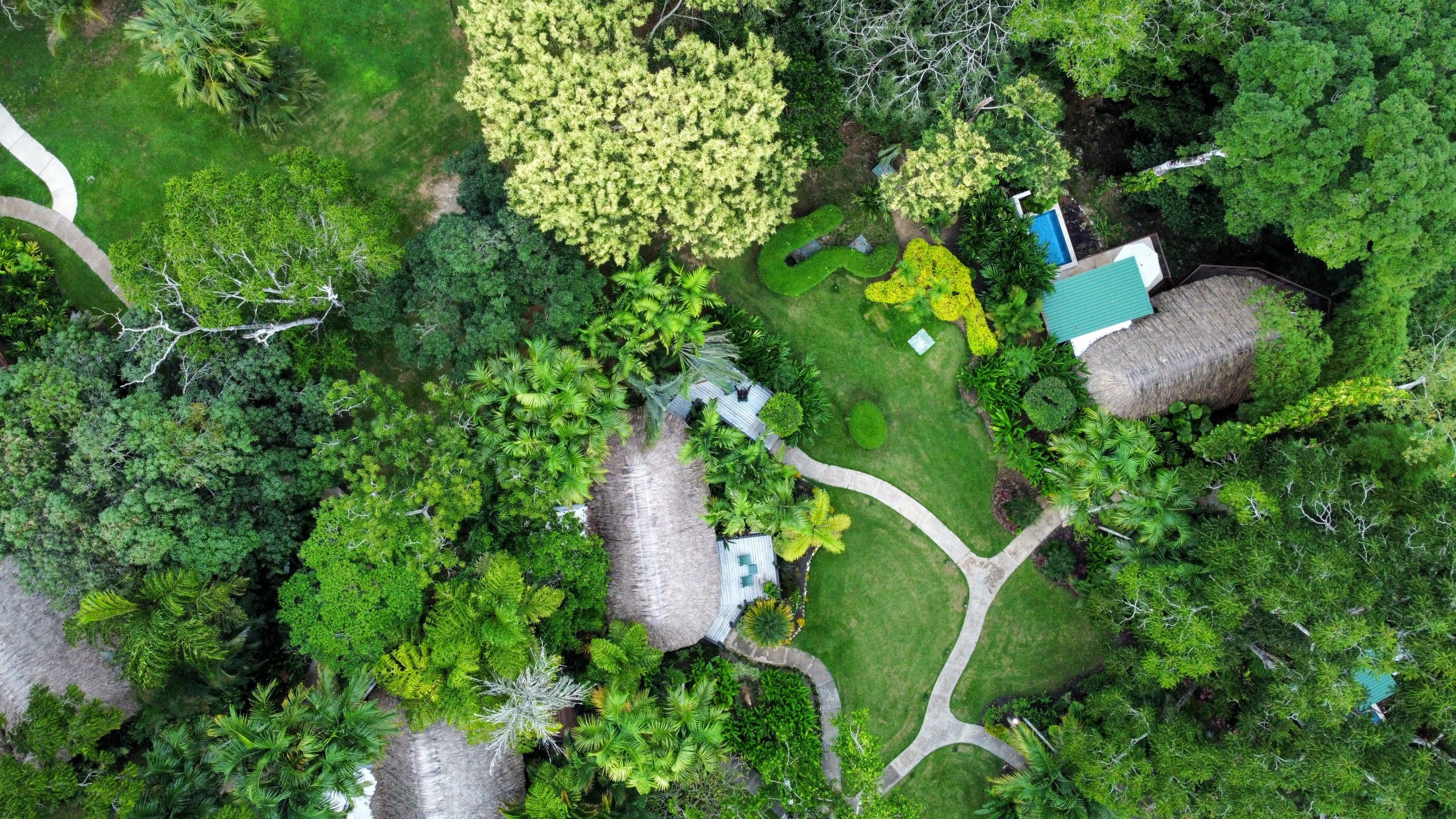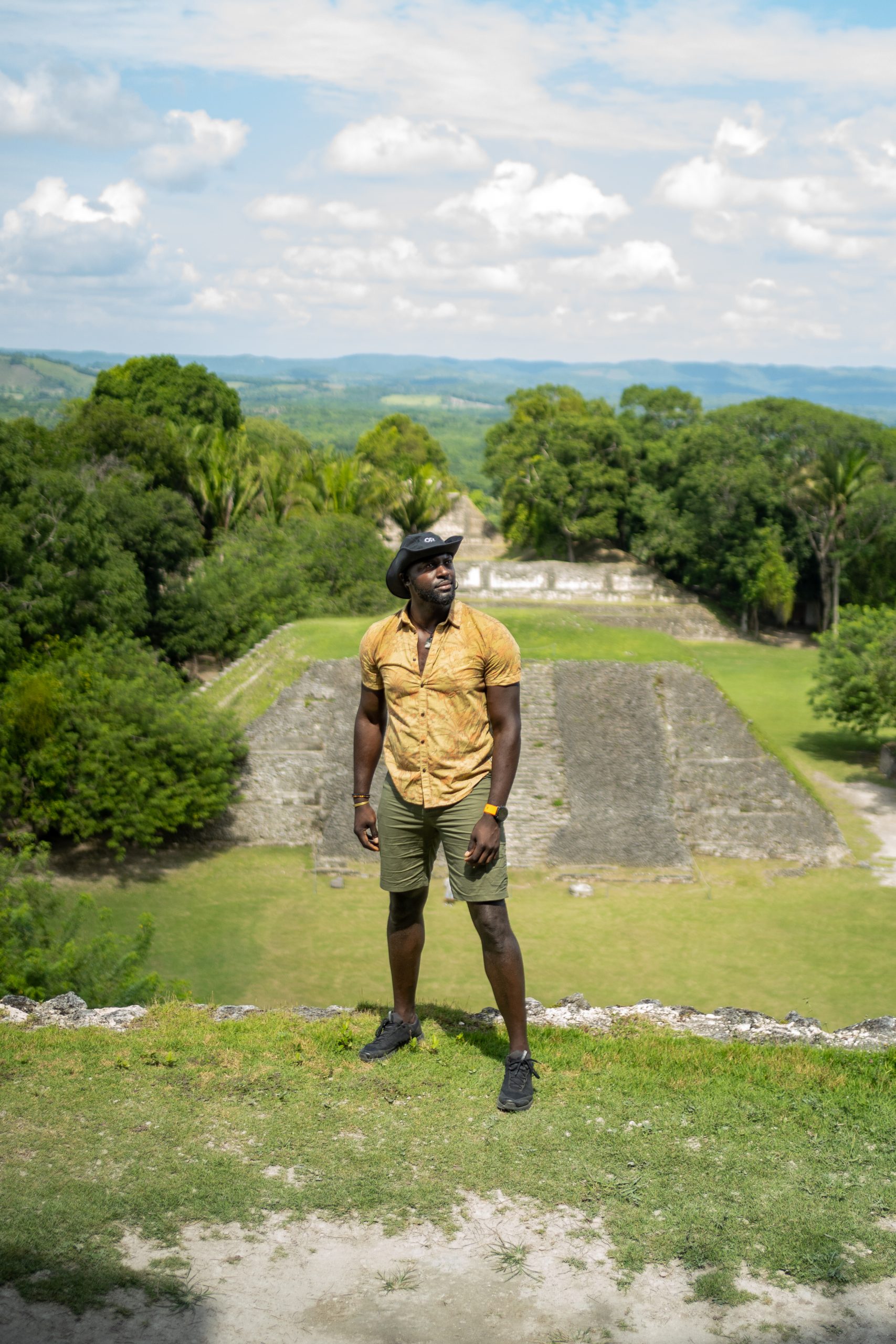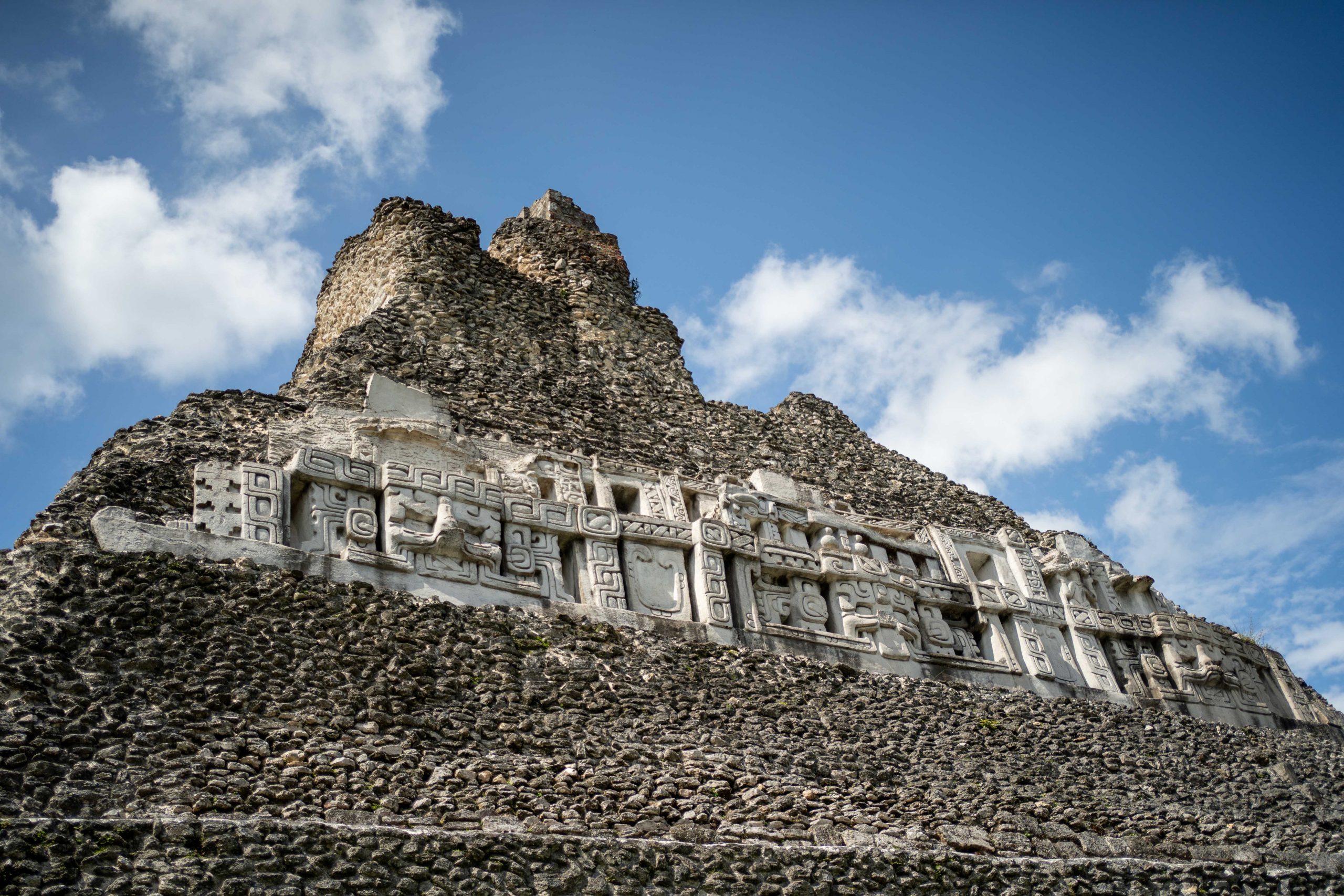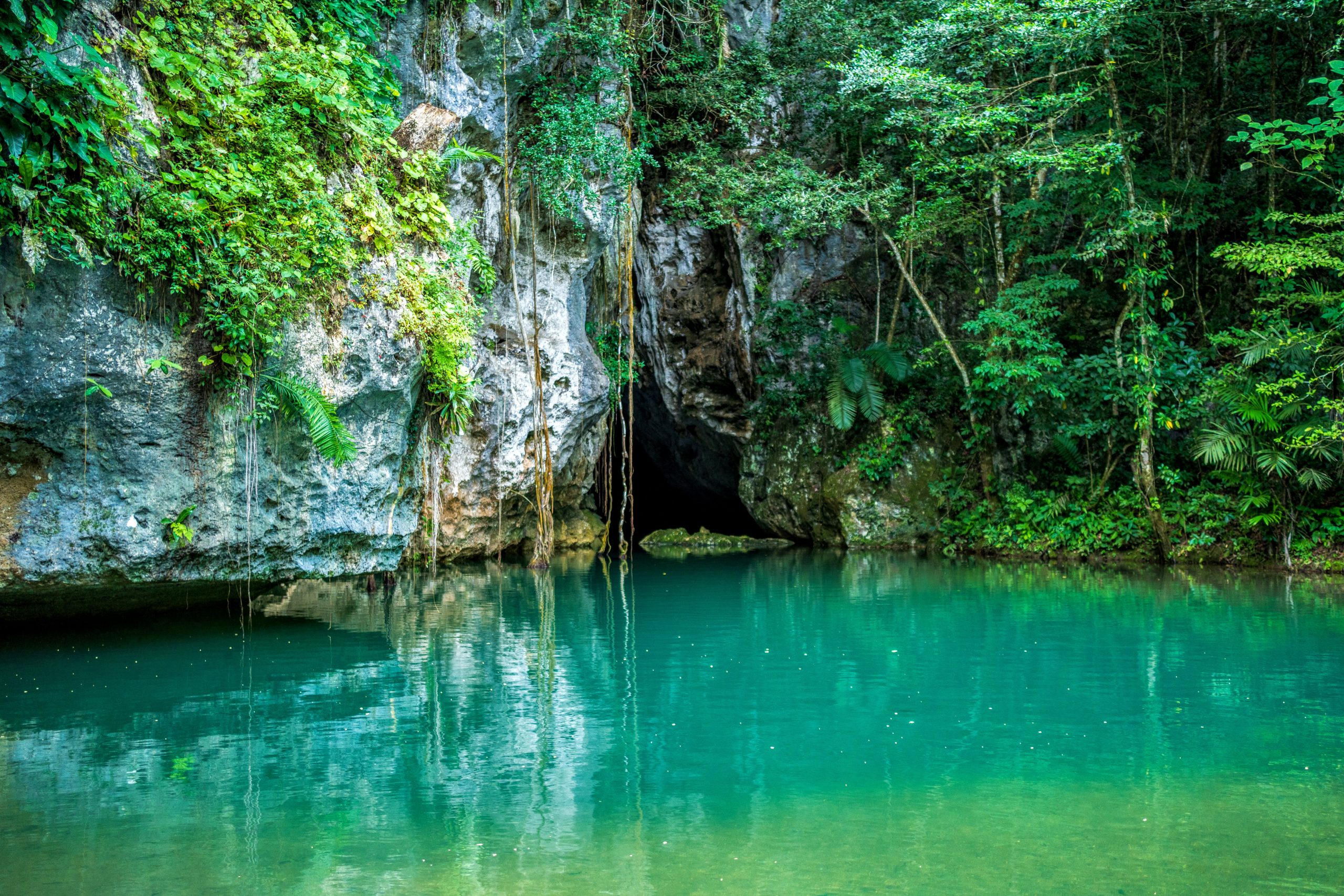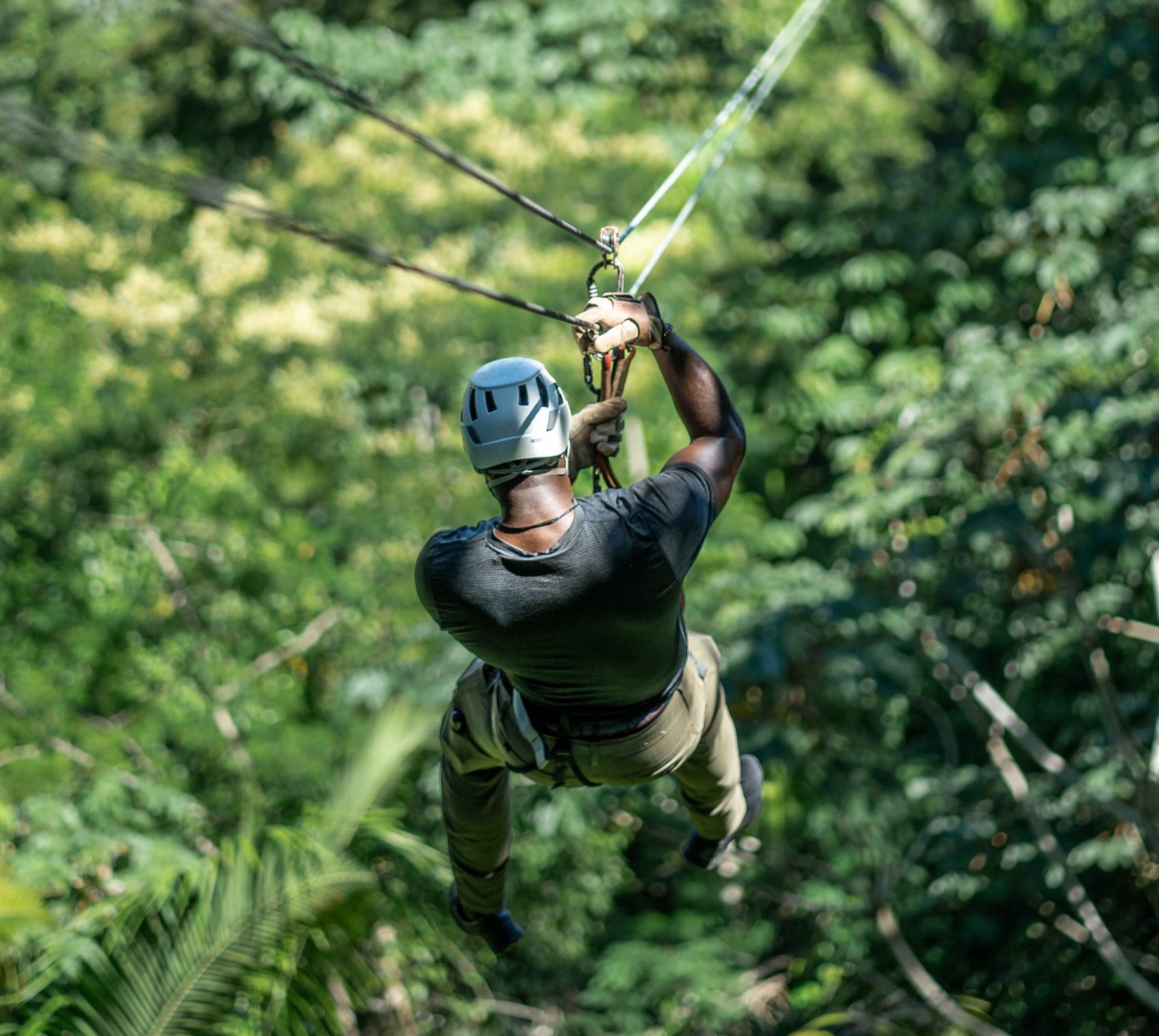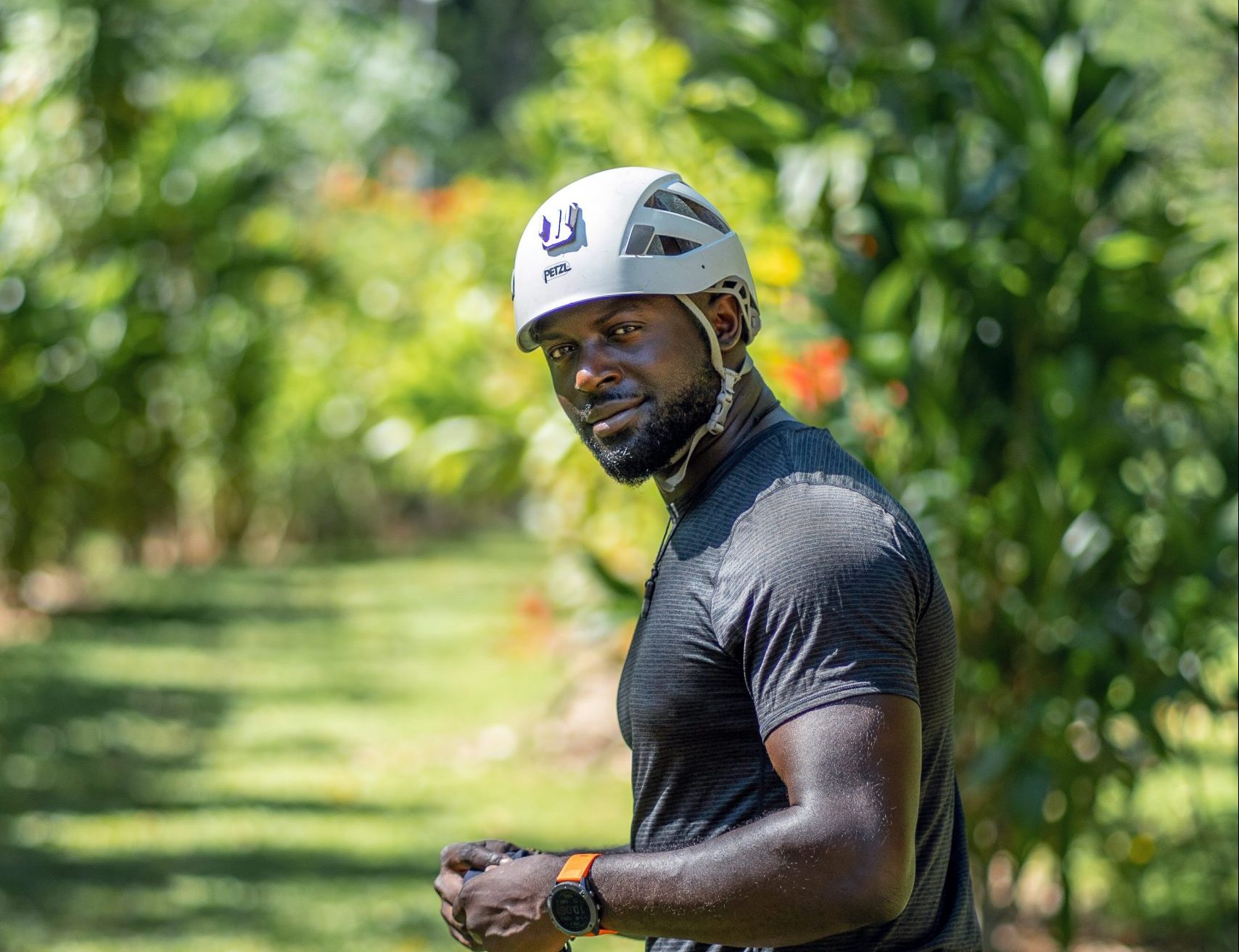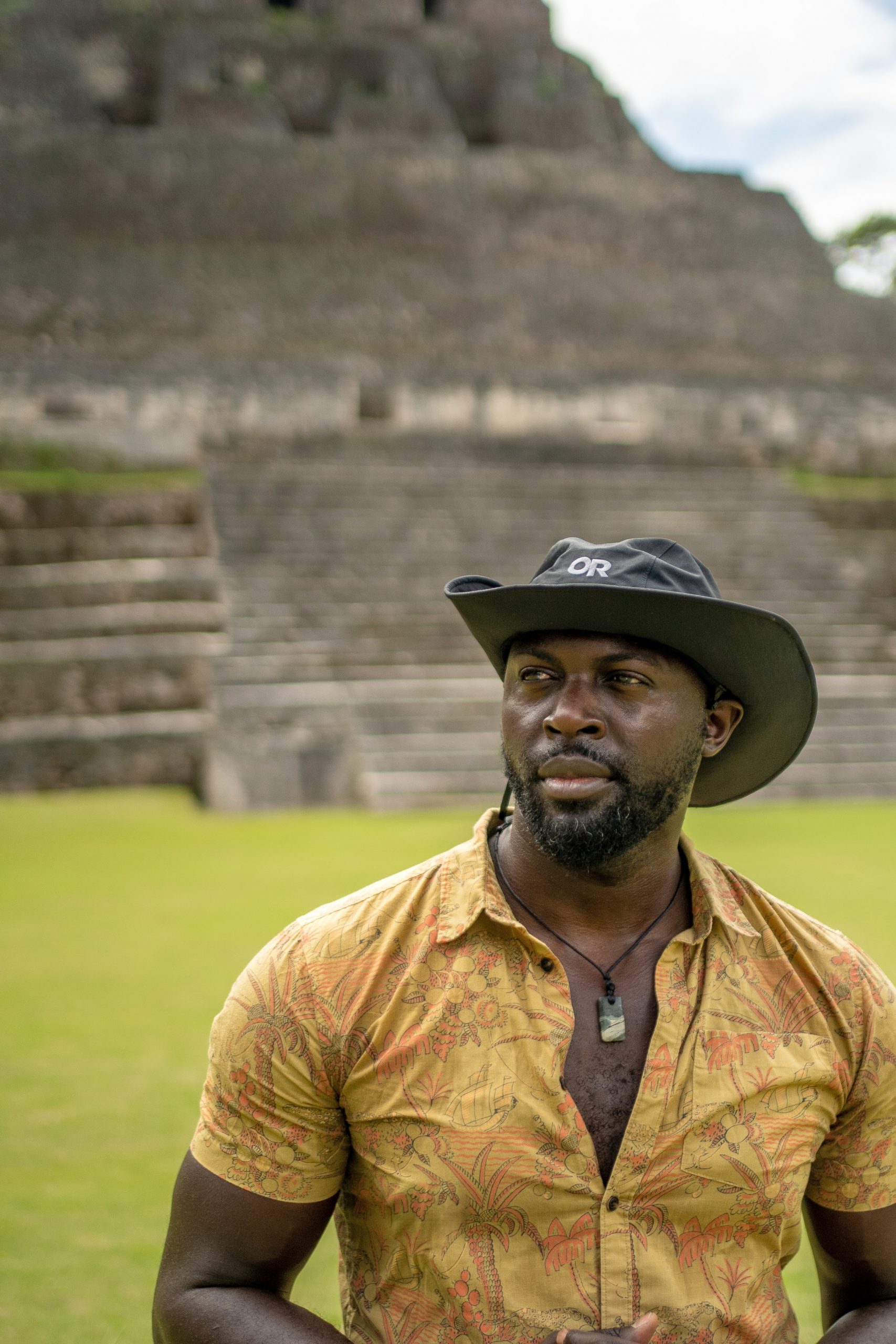
Eco-explorer Mario Rigby adventures in Belize, exploring its ancient and modern-day cultural and natural diversity
As an eco-explorer, I’ve always been in awe of ancient civilizations and their influence on modern society. I’ve traversed the globe, learning about the world’s earliest peoples by visiting spectacular Egyptian and Roman ruins and walking and paddling along similar routes taken once by ancient Sudanese Nubians or the Lucayans, a group of indigenous people from the Caribbean.
My most recent trip to Belize offered the perfect opportunity to continue this journey of delving into the past and present through adventurous exploration and cultural immersion in a country renowned for once being the epicentre of the ancient Maya empire.
I began my adventure in the jungle in western Belize at Chaa Creek, a 400-acre lush nature reserve that hosts one of the country’s first eco-lodges. The lodge strives to abide by the ancient Maya belief system that revered Mother Earth as sacred by offering sustainable tourism activities and environmental education programs for local youth.
The health of this land was evident with every step. As I wandered its grounds, my ears reverberated with the roars of howler monkeys playing in the rainforest canopy, from which more than 300 bird species known to inhabit this area also sang.
Despite the temptation to stay put and relish in the natural orchestra, the reserve’s close proximity to ancient sites and mysterious cave systems soon lured me away for more adventure.
Just an hour’s drive from Chaa Creek is Barton Creek Cave, which the ancient Maya believed to be a gateway to the underworld. Ancient artifacts including pottery and skeletons suggest the site was used to conduct a variety of spiritual ceremonies related to birth, death and human sacrifice. To reach the cave, my guide and I launched our canoes into a natural pool of turquoise water, paddling our way to the cave’s arched entrance obscured by overhanging vines.
Once inside, darkness took over. We used headlamps to illuminate the cavernous waterway, which we meandered for about a mile, all the while surrounded by massive pointed stalactites and stalagmites. At one point we turned off all lights to soak in the true depths of darkness, and in that moment I could imagine how one could feel as if they were being transported to another realm.
That sense of being transported back in time to another world continued as I ventured through ancient Maya site above ground, too.
After exploring the cave, I spent a day trekking through the ancient city of Xunantunich which include more than two dozen stone temples, palaces and other structures. As I gazed up towards the peak of the tallest pyramid on site called El Castillo, I was mesmerized by the detailed glyphs representing the sun, moon and planet Venus carved into the rock. I marveled not only at the art, but the science behind it.
The ancient Maya were skilled astronomers and mathematicians and are well known for having developed some of the most accurate and intricate calendars that have been used for thousands of years.
But, despite its genius, this extraordinary civilization mysteriously declined. Some historians theorize environmental degradation, overpopulation and extended periods of drought contributed to its demise. Learning of this, I couldn’t help but think of the parallels we are experiencing today and what we can do to prevent our own collapse.
Shortly after exploring the site, my hope for the future was reinvigorated by a visit to the San Antonio Women’s Cooperative in Cayo District. This group of women, descendants of the Maya, are actively preserving ancient knowledge and traditions through art and cooking. Guided by their skilled craftsmanship, I learned to sculpt clay pots as the ancient Maya did. I also learned to hand grind corn into flour. From the flour, we made dough balls, which were then flattened into mini tortillas, grilled and topped with a drizzle of coconut oil and salt.
Coming from a family of restaurant owners, food has always been one of my favourite means of communing with people from other cultures around the world. For this reason, it was truly a pleasure and privilege to wrap up my trip in eastern Belize along the Caribbean Sea with a traditional Garifuna feast prepared by a local couple, Kim and Bobby Sanches and their children.
The Garifuna people are descendants of an Afro-Indigenous population that originated on St. Vincent and later migrated to Belize. Their food and music still carry the flavours and sounds of their ancestors from West Africa brought over to the Caribbean on slave ships in the 17th century.
With each bite of the creamy coconut milk soup, called Hudut, piled high with freshly caught fish and mashed plantains, I reveled in the beauty and resilience of these people and their culture. I reflected on my own ancestral history of African descent and Caribbean upbringing in the Turks and Caicos islands. And I vowed to continue to uphold and honour my ancestors’ traditions as I continue to chart new territory as a modern-day Black explorer.
Thanks to the Belizean Tourism Board for supporting me on this journey. I am deeply encouraged by the board’s commitment to promoting sustainable environmental and cultural tourism in Belize and look forward to returning someday in the future for more adventures.
Written by: Mario Rigby
Photos courtesy: Mario Rigby
